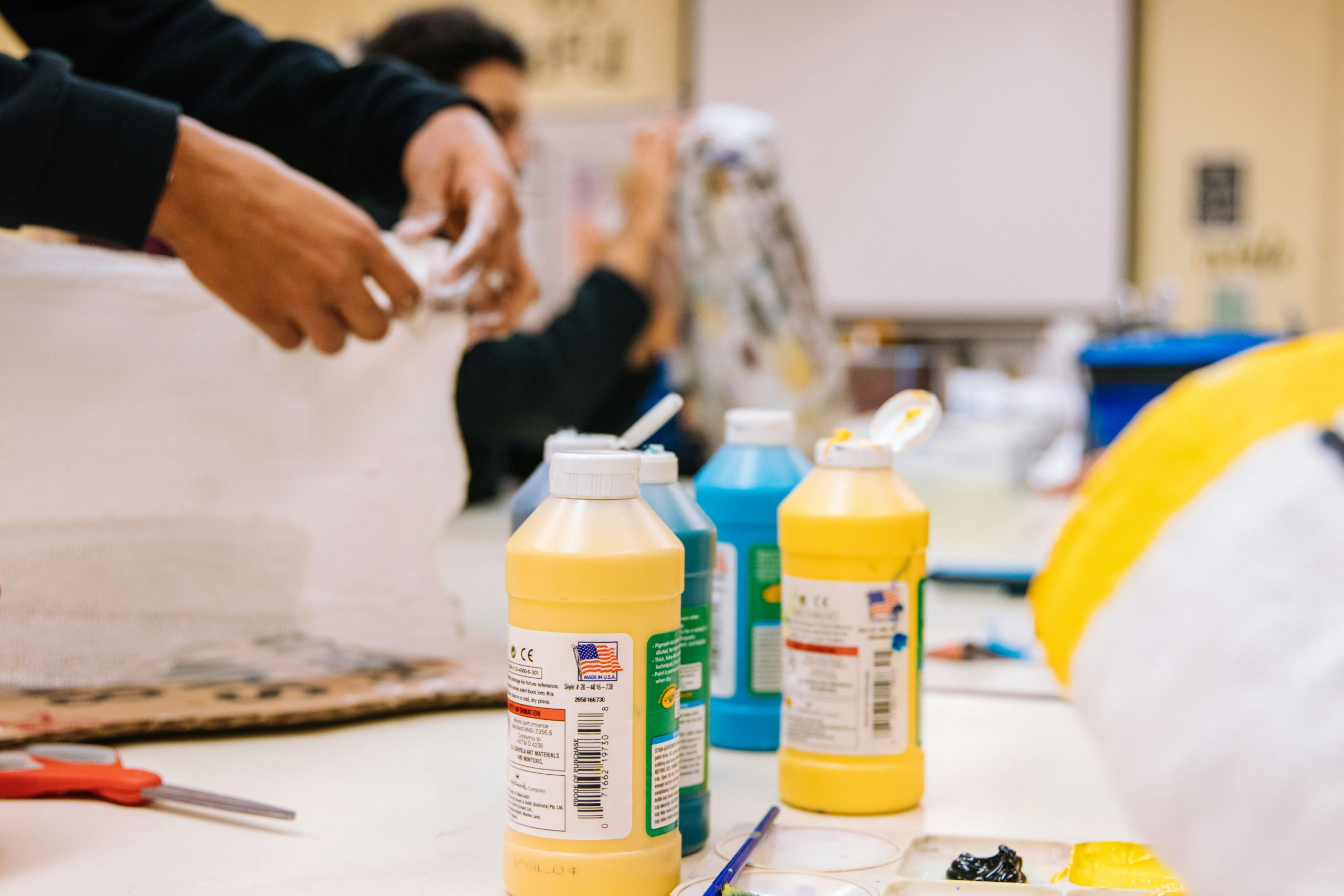AI-Designed Kente: Machine Learning Reinterprets Traditional Patterns
Traditional patterns and designs have long been a staple of Kente cloth, a brightly colored fabric traditionally woven from silk or cotton by the Ashanti people of Ghana. However, with the rise of artificial intelligence and machine learning, there has been a groundbreaking shift in the way Kente patterns are created. The emergence of AI-designed Kente has revolutionized the centuries-old tradition of hand-weaving, offering a fusion of modern technology and traditional art that is both innovative and intriguing. In this article, we will explore how machine learning is reinterpreting traditional patterns and transforming the future of Kente cloth.
The Evolution of Kente
The art of Kente cloth dates back to the 17th century and has been an integral part of Ghanaian culture ever since. Originally, Kente was exclusively reserved for royalty and was worn during ceremonial events such as weddings, funerals, and important festivals. However, as time passed, Kente cloth became more accessible to the general public, and its popularity spread beyond the borders of Ghana.
Tradition Meets Technology
With the introduction of AI, traditional Kente patterns can now be designed and woven in a fraction of the time it takes to do it by hand. Through machine learning algorithms, AI-designed Kente is able to combine different patterns, colors, and motifs to create unique and intricate designs.
One of the leading companies in this field is the Ghana-based startup, Kente AI. Founded by entrepreneur, Kwame Asante, Kente AI has been at the forefront of integrating technology into the traditional process of Kente weaving. Through a program developed by Asante and his team, their AI software is able to analyze patterns and motifs from existing Kente designs and use them as a basis for creating new and original designs.
AAI: Artificial Artistic Intelligence
While critics may argue that AI-designed Kente is not “authentic” since it is not created by hand, the cultural identity and symbolism of the cloth remain unchanged. In fact, many believe that AI-designed patterns can introduce a new level of creativity and innovation into the art form, while still maintaining the essence of traditional Kente.
This new art form, dubbed “AAI” (Artificial Artistic Intelligence), allows for endless possibilities and experimentation in Kente design. Through the use of machine learning, patterns can be generated that human designers may never have thought of, expanding the boundaries of traditional Kente design.
The Future of Kente Cloth
The incorporation of AI into Kente design has also brought economic benefits to the Ghanaian community. With faster production times and the ability to create more intricate and detailed patterns, AI-designed Kente is in high demand both domestically and internationally. This has led to an increase in employment and income for weavers and artisans, ensuring the preservation and continuation of the traditional craft.
Culturally Significant
Kente cloth is not just a fashion statement, but also a reflection of Ghanaian culture and heritage. The patterns and colors used in Kente hold special meanings and are often associated with important values such as wisdom, unity, and strength. This cultural significance is not lost in AI-designed Kente; in fact, with the ability to combine and reinterpret traditional patterns, AI has the potential to create designs that hold even deeper cultural meanings.
Preserving Tradition with Technology
While AI-designed Kente may seem like a departure from the traditional method of hand-weaving, it is actually helping to preserve and promote the tradition. With younger generations more inclined towards modern technology, the integration of AI into Kente design appeals to a wider audience, keeping the craft relevant and ensuring its continuation for future generations to admire and appreciate.
In conclusion, the emergence of AI-designed Kente has brought about a significant transformation in the way traditional patterns and designs are created. With its ability to merge technology and culture, this innovative art form is revitalizing the vibrant and cherished tradition of Kente cloth. As we look towards the future, we can expect to see even more groundbreaking developments in AI-designed Kente, further blurring the lines between tradition and technology.











